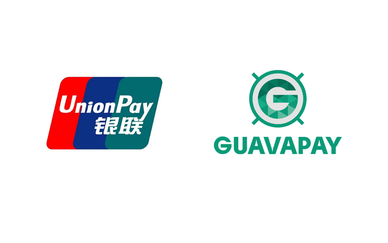The growth of the embedded finance market
According to a report by Future Market Insights, the embedded finance market is likely to bolster its hold on the global market at a strong compound annual growth rate (CAGR) of 16.4% between 2022 and 2032.
The development of Banking-as-a-service, or BaaS, provides a great opportunity for existing financial institutions and businesses to reach a wider pool of customers at a lower cost, by collaborating with non-financial companies.
A global survey of 2,500 SMEs across 10 markets, conducted by Accenture, found that SMEs are interested in exploring embedded finance solutions from digital platforms, and forecasted a revenue uplift of up to $92 billion the within embedded finance market by 2025.
In most senses, embedded finance enables direct payments, and empowers businesses. The integration of financial services and products, into other types of customer-centred products, allows users to increasingly refer and get access to additional services, such as travel, retail, and health.
A study, carried out in 2021 by Bond and Cornerstone (The Flywheel Effect: How Embedded Finance Can Help Brands Generate Millions In Revenue And Increase Customer Loyalty) supported this idea, revealing that more than 60% of Gen Z and Millenials prefer to buy financial products from their favourite brands in gaming, fashion, and fitness.
Let’s dive deeper into trends predefining the fusion of embedded finance and commerce.
Bringing together embedded finance and commerce
1. Increased customer demand
Fintech undoubtedly owes its rapid acceleration and fast digitalization to high customer demand, which has pushed the boundaries of technology and stimulated a deeper focus on technology-payment-person correlations.
In the same vein, embedded finance allows companies to create an all-in-one, integrated ecosystem with payment functionality that facilitates customers’ direct access to the banking services they need, when and where they need them, within the applications they’re accustomed to using.
Based on research conducted by embedded finance platforms, Bond Financial Technologies Inc. and Cornerstone Advisors, most consumers willingly pay when financial product offerings are integrated within the infrastructure of the product they use.
2. Diverse technology capabilities
Embedded finance enables better services and technology. As competition within the embedded finance market develops, providers are launching in the market with the most inclusive, most competitive, and most disruptive technology.
The API is the basic starting point now, as it’s logically connected with open banking and other plug-and-play technologies. Embedded finance also expands to retail and commerce brands, since the integration of financial services into non-financial brands is an inevitable part of fintech disruption.
As noted by Accenture, 2,500 SMEs in 10 markets are interested in plugging in the embedded solutions from digital platforms. The key touchpoint is that the SMEs get access to an array of payment capabilities that were hardly attainable through traditional banks.
The diversity of payment methods, the agility and flexibility of the platforms, and innovative propositions enable SMEs to adapt and scale their businesses at their discretion. As a result of the high market penetration and customer satisfaction with embedded finance, a survey conducted in Europe in 2020 showed that more than 90 percent of non-financial companies plan to introduce embedded finance services in their current offering.
This is no surprise as customer loyalty and optimized financial propositions allow them to maintain a pole position in the increasingly digital-first landscape while helping them to increase revenue streams.
3. Embedded finance in marketplaces
Marketplaces are leading the shift towards embedded finance since they initiate a new type of payment experience in the financial world.
Crossing the commerce-payment line between the retail and payment industry, marketplaces offer worldwide access to financial tools and change the way all financial products and services are distributed and consumed.
It has been shown that integrating and embedding payment services into one platform increases revenue streams, and establishes a direct payment connection to the retail vendor, without an intermediary.
The scalability of marketplaces is also enhanced thanks to integrated finance tools that provide direct data access to customer information that was previously held exclusively by banks. Direct access to customer insights and data analytics close the retailer-customer-payment provider gap and stimulate better adaptation to customer demand.
 Sign in
Sign in



